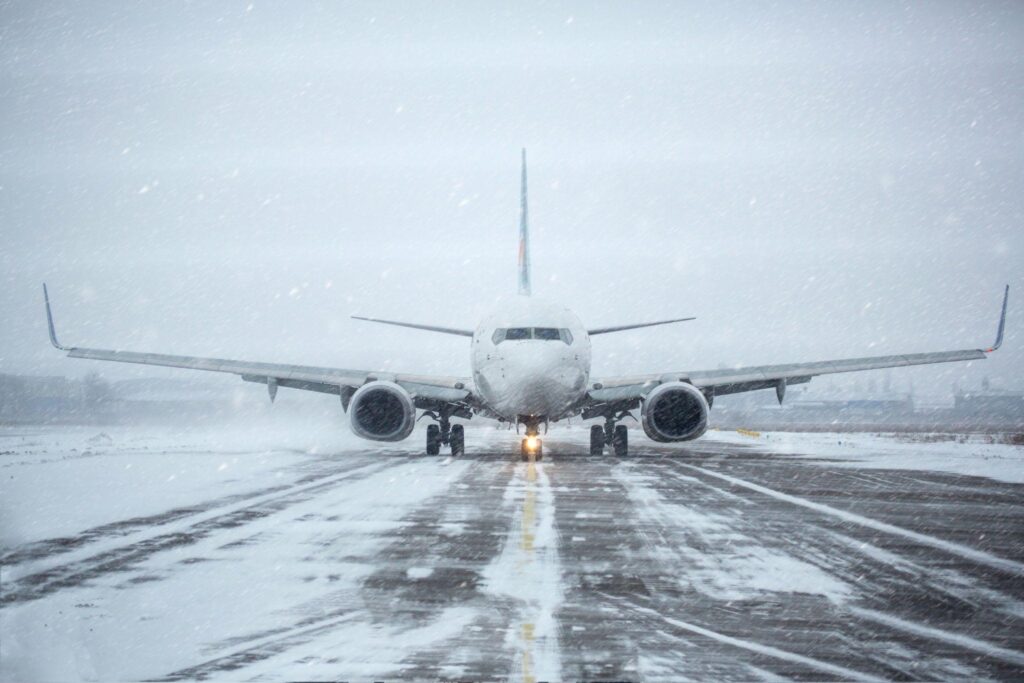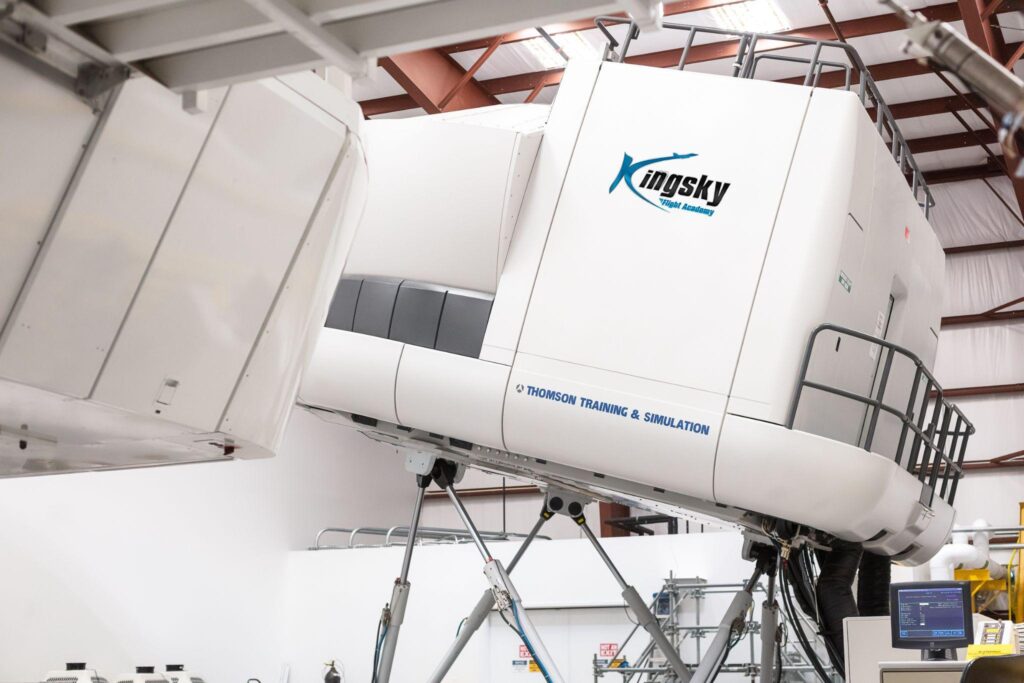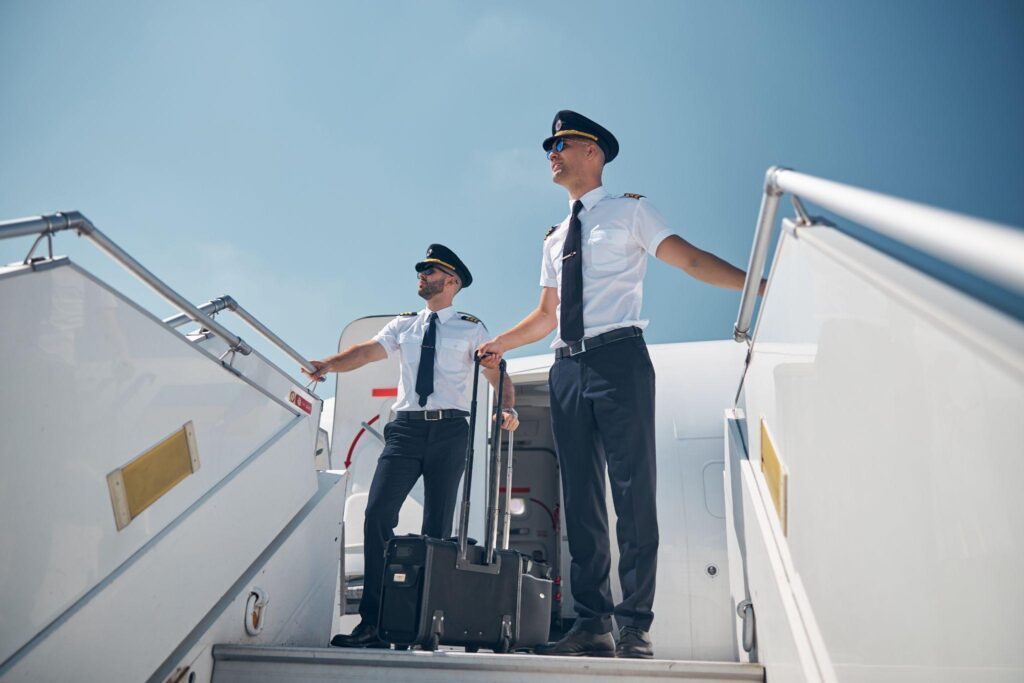Becoming a pilot is a dream for many, but one of the most common questions aspiring aviators ask is: how long does it take to become a pilot in the USA? The answer depends on the type of pilot license you’re pursuing, your training schedule, and your career goals.
Below, we break down the different pilot pathways and timelines to help you understand the journey ahead.
Private Pilot License (PPL): 3-6 Months
The Private Pilot License (PPL) is the first step for most aspiring pilots. A private pilot certificate allows you to fly for personal enjoyment but not for commercial compensation. The requirements include:
- Minimum 40 hours of flight time (though most students log closer to 60-70 hours)
- Passing a FAA medical exam
- Completing ground school training
- Passing the FAA knowledge test and checkride
Full-time students can complete their PPL in as little as 2-6 months, while part-time students often take 6-12 months, depending on flight frequency and weather conditions.
Commercial Pilot License (CPL): 12-24 Months
To become a paid pilot, you’ll need a Commercial Pilot License (CPL). The commercial pilot certificate requires:
- At least 250 total flight hours
- Additional training in complex aircraft and maneuvers
- Passing a FAA knowledge test and checkride
If you’re wondering how many years it takes to become a commercial pilot, the answer can vary. If training full-time, you can earn a CPL in 6-12 months after obtaining your PPL. Part-time students often take 12-24 months to complete the required 250 flight hours.
Airline Transport Pilot (ATP) Certificate: 3-5 Years
If your goal is to become an airline pilot, you’ll need an Airline Transport Pilot (ATP) certificate. The ATP certificate requires:
- A minimum of 1,500 flight hours
- Being at least 23 years old
- Completing FAA-approved training
- Passing a knowledge test and checkride
Most pilots build these flight hours by working as certified flight instructors, banner tow pilots, or corporate pilots. This step typically takes 2-3 years, depending on how frequently you fly. The entire journey from zero experience to ATP certification typically takes 3-5 years, depending on training intensity and how quickly you accumulate the required 1,500 flight hours.
When Is the Best Time to Start Flight Training?

Starting your flight training at the right time can make a big difference in your progress and career timeline. While there’s no single “best” time, several factors can influence when to begin, including:
Weather Conditions
Flight training relies on clear skies and stable weather, making spring and summer ideal seasons to start. Warmer months generally offer more consistent flying conditions, reducing the number of weather-related delays. However, training in diverse conditions—including winter—can prepare you for real-world flying challenges.
Financial Readiness
Aviation training requires a significant financial investment, so being financially prepared is crucial. Many students opt to save up, secure financing, or apply for scholarships before starting. Planning ahead helps you avoid interruptions due to funding shortages, ensuring steady progress through your training.
Airline Hiring Trends
Airlines experience hiring cycles, with demand for pilots fluctuating. Entering the industry during a hiring boom can accelerate your career progression. With the current pilot shortage, airlines are offering faster career pathways and attractive incentives. Many regional airlines now offer flow-through programs to help pilots transition from flight instructing and pilot training to commercial airline jobs quickly.
Age & Career Goals
The FAA requires pilots to be at least 17 years old for a Private Pilot License (PPL) and 23 for an Airline Transport Pilot (ATP) certificate. If you aim for a career in commercial aviation, starting earlier gives you a head start. However, many people begin training in their 30s or later and still achieve successful careers.
Availability & Commitment
Flight training is demanding, requiring consistent practice to retain skills. If you have flexible availability and can commit to full-time training, you can complete your licenses faster. If you’re balancing school or work, a part-time schedule is still an option—but may extend the timeline.
Accelerate Your Training With Kingsky Flight Academy

At Kingsky Flight Academy, we offer accelerated flight training programs designed to help students achieve their pilot goals faster. Our FAA-approved training programs, experienced instructors, and state-of-the-art fleet at our flight school ensure you receive top-tier instruction.
Why Choose Kingsky?
Kingsky Flight Academy offers accelerated training programs that significantly reduce the time needed for certification. We provide both FAA Part 141 and 61 flight training options, giving students the flexibility to choose a program that best fits their schedule. Our experienced instructors, many with airline backgrounds, ensure that students receive expert guidance throughout their training.
Additionally, our modern aircraft fleet is equipped with cutting-edge avionics, preparing students for real-world aviation environments. With a proven track record of graduates who have gone on to fly for major airlines, Kingsky Flight Academy is the best choice for those serious about a career in aviation.
Whether you’re looking to earn your Private Pilot License or fast-track your Airline Transport Pilot certificate, Kingsky Flight Academy is here to support your journey.Start Your Pilot Career Today!

Why sit around wondering how many years it takes to become a pilot when you can start today? Don’t wait years to achieve your dream! Enroll at Kingsky Flight Academy today and get started on the fastest path to becoming a professional pilot.
Contact us today at Kingsky Flight Academy to learn more about our airline pilot programs!
